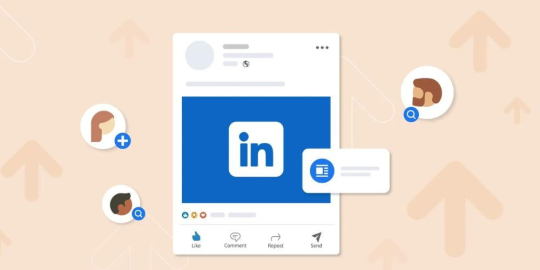
Have you ever been puzzled over who secretly peruses your LinkedIn profile? In a digital age where connections fuel opportunities, the platform has tweaked its "Who Viewed Your Profile" feature, attempting to imbue it with contextual substance. This enigmatic feature once served as a passive curiosity, hinting at invisible spectators with unknown intentions — until now.
LinkedIn, the professional networking giant that has long tantalized users with clues about anonymous profile visitors, now intends to provide a deeper understanding of these silent visitors. With a nod toward transparency, the modified feature marks an intriguing shift, offering labels like "potential job opportunities" or "industry leaders," ostensibly to clarify the motives behind each profile visit. The rationale seems to be furnishing users with actionable insights, yet the effectiveness of such a strategy remains to be seen.
The essence of the updated presentation arguably strides towards practicality, detailing categories like "works at a company you follow" or "influencer views," which could ignite networking sparkles. This pivot nods to utility over vanity, although skepticism simmers about whether such revelations will actually propel meaningful engagement or if they serve as professional window-dressing that's more mystique than muscle.
Amid these enhancements, subtleties hover; LinkedIn's notion of an "influencer" remains nebulous, and the community puzzles over the criteria that earmark a viewer as "interesting." This ambiguity casts shadows on the update's potential benefits. Moreover, LinkedIn's shifting stance away from creator-centric profiles towards highlighting domain expertise heralds a fresh focus on substantive expertise over mere online presence.
Concluding, while LinkedIn’s "Who Viewed Your Profile" feature gains new layers, it is not without its critics who question its core value. Do these changes represent a genuine breakthrough for users seeking purposeful connections, or is it merely a cosmetic upgrade on a feature better off retired? Can these indicators truly spark genuine interactions, or do they serve as another hollow digital echo within the cavernous halls of professional networking? Only time — and the platform's evolving dynamics — will tell.